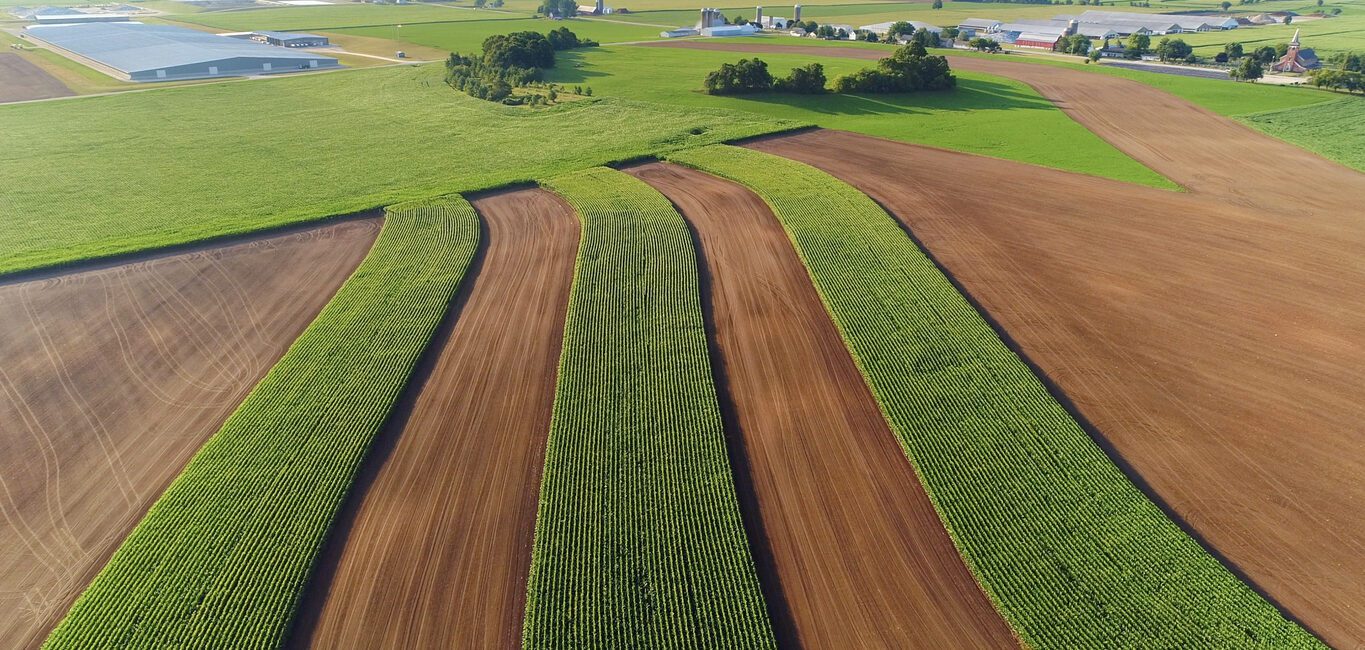Did you just buy or inherit farmland? If so, you’re now part of the largest land transition in U.S. history, and what you do next matters more than ever.
Over the next two decades, more than $24 trillion in American farmland and agricultural assets is expected to change hands as farmers retire. This historic shift presents both opportunity and responsibility for new landowners.
As Quint Shambaugh, Pinion Land Advisor, puts it:
“Owning farmland is a game of patience and stewardship. It’s not about immediate return — it’s about building long-term value for you and for future generations.”
If you’re unsure what to do next, here are four important steps to get you started:
1. Know Your Land’s Needs, Before They Become Problems
Start by learning the routine upkeep that your land requires. Does it have irrigation systems? Are there low-lying areas that flood, or ditches that need annual clearing? Is there invasive brush or erosion that needs to be managed?
Understanding these recurring needs is essential to maintaining the productivity and health of your land.
2. Fix What’s Broken, Before It Becomes Emergent
If you’re a homeowner and the roof starts leaking, you fix it right away. The same urgency goes for farmland. Address urgent needs like broken irrigation systems, plugged culverts, or erosion issues early.
These problems don’t fix themselves, and the longer they’re ignored, the more expensive they become. Proactive repairs will protect your investment and prevent long-term damage.
3. Think Long-Term, Not Just Year-to-Year
Farmland isn’t a short-term financial play. Unlike stocks, you may not see substantial returns year over year. But every improvement — whether it’s better drainage, erosion control, or habitat restoration — adds to the land’s equity.
These investments may not pay off tomorrow, but they build lasting value. And if you don’t invest in your farm, you’ll find it’s worth less in the future. So be patient, stay committed, and think generationally.
4. Don’t Pay for It All Yourself, Use Available Programs
Don’t overlook the many programs available to help fund improvements. Local, state, and federal agencies — like the USDA and NRCS — offer grants and cost-share programs for conservation-focused projects. Programs like EQIP (Environmental Quality Incentives Program) support efforts that improve soil, water, air, and energy resources.
Taking advantage of these resources can significantly reduce your out-of-pocket costs while enhancing your land’s sustainability. Before diving into capital improvements, see what you could get funding for.
5. Don’t Be Afraid to Ask for Help, Take Advantage of Available Resources
You don’t have to figure everything out on your own. Whether it’s a neighboring farmer, a local NRCS agent, a peer group, or a trusted land advisor – there are folks with years of experience who are more than willing to share what they know.
Helpful resources to get started:
- Local USDA service centers: https://www.nrcs.usda.gov/contact/find-a-service-center
- NRCS conservation planning assistance: https://www.nrcs.usda.gov/getting-assistance/conservation-technical-assistance
- Pinion Ag peer group programs: https://www.pinionglobal.com/services/peer-group-programs/
- Pinion land advisory, conservation planning and USDA programs: https://www.pinionglobal.com/services/land-advisory/
Final Thoughts
“Owning farmland is more than a transaction. It’s a proud legacy and a responsibility,” shares Shambaugh.
By understanding your land, addressing its immediate needs, investing for the long haul, and leveraging available resources, you’re setting yourself up for success.
Whether you’re planning your first improvement project or looking for funding opportunities, Pinion’s Land Advisory team is here to help. Reach out to learn more about how to make the most of your land investment.






